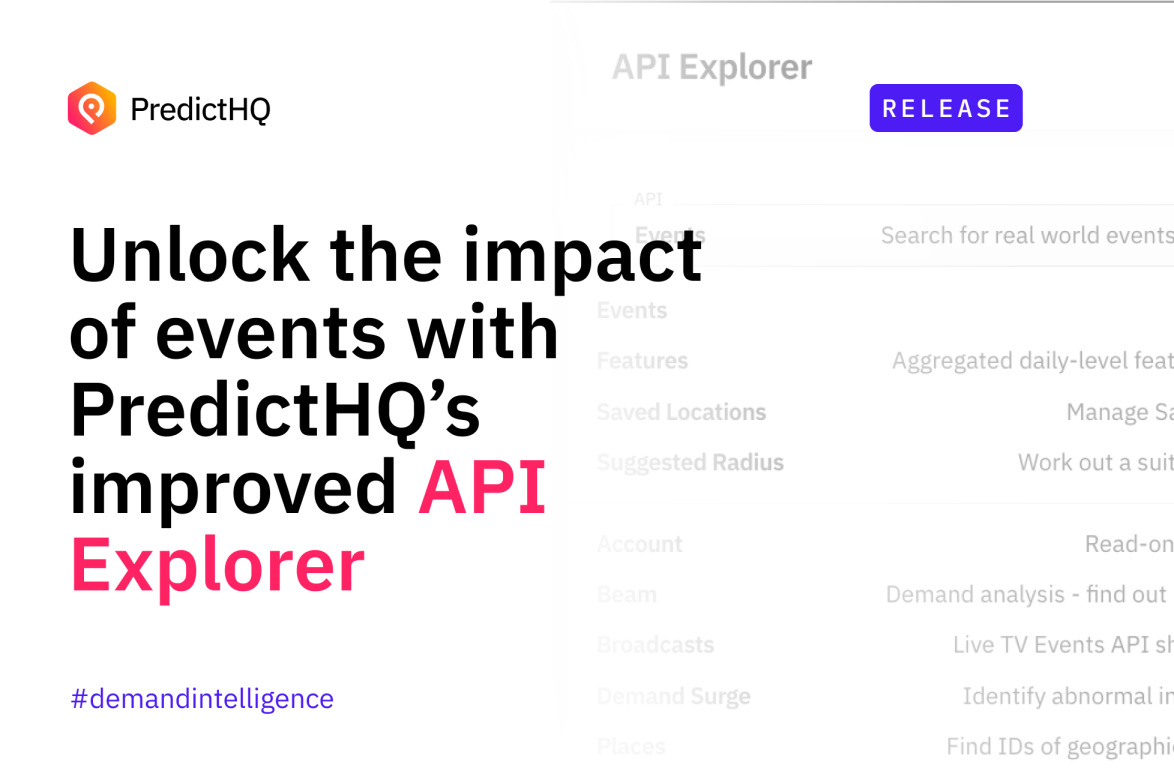How to Create a Content Strategy

A Content Strategy Gives You Direction & Results
In the famous words of Lord Baden Powell, be prepared. And when it comes to your content strategy, those words couldn’t be any more relevant.
A content what? Put simply, a content strategy puts structure around the content you produce then distribute online. Good content is unique, fresh, helpful and relevant to your audience, overall making your business look like experts in your industry. Your content strategy, then, ensures there’s nothing random about the content you produce, so every blog post and article you create is premeditated and ultimately works for the greater good of your overall marketing schedule.
Of course, life happens, which means you can’t always have total control. Sometimes you need to adapt to real-time situations that might require quick-thinking content. By being coordinated and prepared, out-of-the-blue situations can be dealt with professionally and with no detrimental impact to your overall marketing plan.
So how do you go about making a content strategy that works? First things first, think about seasonality.
A good content strategy is timely
What time of the year is it? Spring? Winter? Holiday season? Content produced in and about summer is not very timely in winter. There’s not much point scheduling content about cruise ships when there are hurricanes on the horizon either.
So when is the best time to publish articles? To produce relevant content that can be acted upon quickly, it’s important to think about seasonality. Take into consideration weather forecasts and school holidays too, along with other major events like sports games and concerts that could impact your business’ bottom line.
Of course we don’t all have a bottomless calendar with all of this information – but PredictHQ does. Use PredictHQ’s constantly-updating event intelligence to find out what events impact your business the most to start planning articles and your marketing schedule around.
A good content strategy solves problems
Put on your fortune teller’s hat and look into the future too. What will your customers be doing in two weeks, four weeks, even four months from now? And can you pre-empt their actions before they even know what they’re going to do?
Seeding content early gives it a chance to rank before people actually start searching. For example, at the beginning of spring a fashion designer might write an article called “Top 10 Summer Fashion Looks,” which gets customers dreaming about the beach and thinking about updating their wardrobe ahead of the warmer months. A few weeks later, they’ll announce a pre-season sale that’s entirely focused on summer fashion.
In this example, the problem is that a consumer thinks they need a new wardrobe before summer arrives. The solution is discounted clothing leveraged by a successful marketing campaign.
A good content strategy optimizes collaboration
The best thing about a team is that everyone thinks differently. Sure, this could be seen as an annoying feature, but diversity in thought as well as collaboration on tasks and overall task management is essential for a well-rounded marketing team.
When you’re creating your content strategy, utilize the best bits from your whole marketing team. Within PredictHQ’s event intelligence software is a task management tool which lets entire teams collaborate on content projects associated with various events, and assign different tasks to different authors. Your tasks don’t have to be limited to just writing the content either; who’s in charge of keyword research, email distribution, social media engagement and other marketing initiatives?
A good content strategy fits into your marketing schedule
No person is an island, and the same applies to your overall marketing strategy. Every piece of content you produce should directly feed into it, and in particular your marketing schedule. If you’re running a major marketing campaign in May, make sure you’ve produced enough complementary content to pre-empt and support that campaign, help attract customers and leverage as many online transactions as possible.
Consistency is key too, from key communication points and anticipated outcomes, right through to the imagery and tone of voice you use across all platforms.
A good content strategy knows who to target
Who is your business trying to attract? Young mums? Retirees? People who earn more than the US President? Whoever your target audience is, always ensure the content you create and distribute online has the same goals. There’s not much point creating content that hones in on young single men at university when you’re trying to sell family holidays to Hawaii.
A good content strategy uses good keywords
When you’re competing with thousands, if not millions, of other businesses trying to target the same people as you, it’s important to optimize your SEO by making the most of appropriate keywords available to you and the content you’re producing. How? Know what your target audience is searching for.
For this activity you don’t need to put on your fortune teller’s hat either. Use a keyword research tool like Google’s Keyword Planner to source keywords and key phrases that your audience is likely to type into Google or another search engine. Don’t be too broad though; for example, ‘southern hemisphere holidays’ is not a good keyword phrase because any man and his dog could use that in a search and mean completely different parts of the world. Be more specific, ‘Perth holidays’ or ‘Milford Sound holidays’ are better.
It’s important that you have a comprehensive knowledge of your niche too; the more you know about both your audience and your business, the more effective you’ll be at creating successful content.
A good content strategy posts regularly
One of the main reasons businesses develop content strategies is to boost their SEO and therefore their Google rankings, which is one of the biggest referral methods of organic traffic to websites. However, sporadic and random blogging won’t help with this. Commit to regularly publishing blogs and articles (at least once a week is optimum) so search engines get used to your presence in the content ether. Broadly speaking the more you post, the higher you’ll rank (eventually – it won’t happen overnight but it will happen). And when it comes to content, there’s no such thing as too much – as long as it’s unique, new, relevant and well-written.




